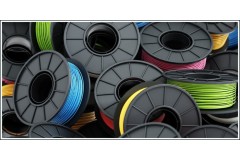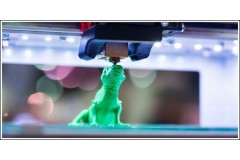
3D printing is a versatile and powerful tool that can create intricate and complex models. However, like any technology, it has its limitations and issues. One of the most common problems in 3D printing is stringing, also known as oozing.
Stringing occurs when the 3D printer nozzle drips filament while moving between different parts of the print, resulting in unwanted strings of filament that can ruin the quality of the print. These strings can be difficult to remove and can even cause the print to fail entirely.
Fortunately, there are several techniques and tips you can use to prevent and solve stringing issues:
1. Adjust Temperature and Retraction Settings :
Temperature and retraction settings are two of the most important factors in preventing stringing. PLA filament, for example, typically requires a lower temperature and faster retraction settings compared to ABS filament. Experiment with different settings to find the optimal ones for your particular filament.
2. Use Different Types of Filament :
Different types of filament have different properties that affect stringing. For example, PETG filament has a higher melting point than PLA filament, making it less prone to stringing. Nylon filament, on the other hand, requires a higher temperature and slower retraction settings to prevent stringing.
3. Implement Post-Processing Techniques :
Post-processing techniques can help to remove strings and improve the overall quality of the print. Some effective techniques include using a heat gun to melt and remove strings, using a razor blade to carefully cut away strings, and using sandpaper or a file to smooth out rough edges.
4. Clean the Nozzle :
A dirty or clogged nozzle can also contribute to stringing. Regularly cleaning the nozzle with a soft-bristled brush or a nozzle cleaning filament can help to prevent stringing and other printing issues.
In conclusion, stringing is a common problem in 3D printing, but it can be prevented and solved with the right techniques and tips. By adjusting temperature and retraction settings, using different types of filament, implementing post-processing techniques, and cleaning the nozzle, you can achieve high-quality prints with minimal stringing.



